Over the last decade, transsexuals have become thrust into the center of a culture war. Within this culture war, hot-button issues such as minor transitions and trans sports have been contested and re-contested many times over. However, hot-button issues only disguise the deeper cultural disagreements which are the drivers of a culture war. We suspect that “trans rights” have become contentious for so many people because of the controversial claims and new social norms advanced by Queer Theory which simply do not make sense to the average person. Furthermore, culture wars may arise from broader social forces, such as technological advancements. The ultimate causes of the “trans culture war” deserve examination.
Mainstream trans rights activists, liberal allies, dissident transmeds, and even detractors against “gender ideology” may hold certain assumptions that do not hold under scrutiny. By reformulating “trans” not as an identity but an action, critiquing trans-gender normativity, and explaining how the Internet and the legacy of the sixties fuel the trans culture war, we hope to clarify trans issues and reformulate discussion of these topics.
Acts, Identities, and Social Constructs
Our first argument is that in the Foucauldian sense, "trans" is quite literally a social construct. Foucault argued that in premodern times, homosexuality was understood in terms of criminal acts. “Sodomy” was a crime against marriage, no different than adultery or premarital sex. In the Victorian Era, a pathologizing medical discourse transformed “sodomy” into “homosexuality,” an innate essence of a person, a category of deviant with a case study and profile. Gay rights campaigners then reclaimed homosexuality as a legitimate sexual orientation. In our contemporary LGBTQ discourse, we treat “trans” the same way we treat “gay” - as an innate identity.
What if we applied Foucault’s distinction between acts and identities to transsexualism? To Foucault, the invention of the “homosexual” was one way that discourse socially constructs our identities and circumscribes the possible statements we can think. The word “homosexual” itself dates to the 1890s in a clinical context. While a “sodomite” was defined thinly in terms of acts, a “homosexual” was defined thickly as a category of person. Similarly, while in the past, a woman could transition to a man, and just be known as a man, today he would be known as a “trans man.” So long as "trans" was defined by the action of transition, it was not a socially distinct category of man or woman. However, LGBTQ discourse defines a plethora of “identities,” such as “trans” and “cis.” “Trans” becomes defined not thinly by transition to a man or woman, but instead thickly as a category of man or woman, opposite to “cis.”
For Foucault, discourse upholds power by governing what statements can and cannot be made. Transsexual discourse provides vocabulary such as “passing” (positive!) and “clocking” (negative!) because transsexuals deeply care about assimilation. Meanwhile, LGBTQ discourse deals in a vocabulary of “expression” and “identity,” all about standing out. It is the dominant LGBTQ discourse which informs how society thinks about transsexuals, not in the least by inventing the “cis” and “trans” categories. Because discourse constructs social reality, a woman born transsexual is unable to explain why her transsexualism is private medical history and she doesn't want to be known as "trans."
Treating “trans” as an identity instead of an action leads to ontological problems. There is no innate quality of “trans,” only a cluster of symptoms called “dysphoria.” Defining “trans” by an unknowable mental state is untenable, hence the transmed line of “You need dysphoria to be trans” in practice becomes “I identify as having gender dysphoria.” However, historically, two clusters of natal males with mutually exclusive dysphorias sought transition (while FtMs were rarer and less understood). The less common type of dysphoria is extreme cross-gender behavior, including cross-gender (same-sex) sexual and romantic behavior, the severe presentation of the prenatal hormone exposure that makes a person gay. The more common type of dysphoria is the disgust one experiences when seeing one’s own body, the source of which is a painful and unchangeable autoheterosexual orientation which constantly scrutinizes oneself with the same attractiveness check that it applies to members of the other sex. Neither dysphoria is proof of a “female soul.” Explaining dysphoria in natal terms may be upsetting because it undermines trans claims to a spiritual “gender identity.” However, it should not invalidate trans people - who become men or women by transitioning.
If the central tenets of “gender identity ideology” were articulated, they would be that everyone has an internal gender identity that is independent of sexual orientation, and that “man” and “woman” are defined by gender identity instead of external perceptions. The new affectation of asking for pronouns normalizes gender identity ideology. New “gender-affirming” language such as “assigned at birth” and “gender confirmation surgery” uphold gender identity ideology as well, because they assert that gender identity can render the observation of sex characteristics incorrect, and that sex transition merely validates the pre-existing gender identity.
However, the origin of gender identity ideology is not 2010s Tumblr or 1990s Queer Theory, but the transsexual mythology dating back to Christine Jorgensen. The “strong transmed” narrative of “I was always a woman, but I was born with the wrong body parts” leads to the command that “trans women are women,” which finally leads to instances of low-effort MtFs who believe they are women while acting like a man’s idea of a woman. There is a direct line from the “strong transmed” narrative to the “non-transitioning self-ID” phenomenon that transmeds despise, because the logical conclusion of “always a woman” is that one should not need to transition to be treated as a certain gender. The transmed search for “brain sex” merely represents the moderate wing of gender identity ideology. (As an aside, the BSTc continues to change through adulthood, and the oft-cited studies proposing BSTc sexual dimorphism as the cause of gender dysphoria do not sufficiently account for effects of HRT on the brain.)
While transsexuals have sought to explain our plight in terms of a mind-body mismatch or a gendered soul, in practice society has always operated on external definitions of “man” and “woman.” However, the spread of “pronoun culture” does not mean that people automatically see a “she/her” as a woman or a “they/them” as a neither-man-nor-woman - it only means that they suppress their gendering instinct. Progressives who buy into gender identity ideology invent on top of sex a new layer of “gender,” which they seem to interpret as a new mode of sociopolitical expression and personal identity (as if only a matter of word choices, like a nickname). Nevertheless, the underlying gendering instinct remains - and in extreme cases, because of this misinterpretation of gender (see the misuse of “gender is a social construct”), the transsexual drive to pass is not taken seriously (as if transsexuals are like drag performers). The only way for a transsexual to truly get others to see him or her as a man or woman is by passing (not by using brain sex arguments!), as the gendering instinct is ingrained into the human psyche, transcending political affiliation. The definition of “man” and “woman” does not come from an internal “gender identity,” but the external perceptions of others, and pressuring others to say certain pronouns does not stop them from mentally gendering a person as a man or woman based on appearance and behavior. One transitions to a woman; therefore “trans women are women” is not a command, but a two-way social contract.
Therefore, we argue that “trans” is a socially constructed identity, and transition must be reunderstood as an action to recover the social contract around gender. Although the reformulation of same-sex acts into homosexual identity in the nineteenth century merely reflected the discovery of an underlying sexuality, the treatment of “trans” as an identity, rather as an action, makes less sense. When “trans” is treated as an identity, people ask the question, “Am I trans?” The easier question to answer is, “Do I have autoheterosexuality?” The next, perhaps more difficult question is, “Would transition improve my life?” When “trans” is an identity and not an action, the politically trans-gender “trans without transition” eventually becomes possible. Perhaps it may be better not to speak of “trans people,” but of “people who transition.”
Trans-gender Normativity
A consequence of gender identity ideology is the assumption that transsexuals are the norm. For example, rituals such as pronoun circles and declarations assume that pronouns may often not correspond with a person’s appearance. The proliferation of “he/him” and “she/they” across left-wing culture makes transsexuals into the center of attention. By giving a name to a previously implicit belief, it may be critiqued. By analogy to heteronormativity, we call this belief trans-gender normativity.
In Queer Theory, heteronormativity is the cultural assumption that opposite-sex relationships are the norm. Trans-gender normativity is the cultural assumption that a mismatch between sex and gender is the norm. When heteronormativity pervades our society, it suggests that it is the default life path is for a man and woman to fall in love with each other. When schools hand out “pronoun forms,” all children will be suggested to “question their gender,” leading to an artificial rise in trans-identification - whether or not the teacher intended this. Heteronormativity implicitly encourages people to enter straight relationships. Trans-gender normativity implicitly encourages people to identify as “trans.”
Trans-gender normativity explains some more outlandish beliefs that questioning one’s gender is a normal and natural part of growing up, or that the gender of newborn babies with unambiguous genitalia should not be assumed (both of which manifest, for example, in the practice of raising “theybes”). Gay conservative Andrew Sullivan articulates the problem with trans-gender normativity when he writes, “These teaching materials aim to be inclusive of the tiny minority of trans children — but they do this by essentially universalizing the very rare experience of being transgender, and suggesting that everyone’s gender is completely independent of biological sex.” As a result of trans-gender normativity, now a whopping five percent of adults under thirty believe that their “gender” differs from their “sex assigned at birth” according to a 2022 Pew Research poll. (Note that the vast majority of these people are not actually transitioning.)
Trans-gender normativity is bad for transsexuals. Although the trans culture war may be partially driven by attacks from self-interested right-wing politicians and pundits, it also exists due to the undue attention to transsexuals given by trans-gender normativity. Giving pronouns in email signatures, for example, inherently plants us into other people’s minds. When everyone thinks about transsexuals, because of trans-gender normative practices, we naturally become a topic of political interest disproportionate to our actual numbers. Therefore, the trans culture war has institutional causes.
Whatever transsexuals work toward on an individual level, trans-gender normativity works against on an institutional level. On an individual level, transsexuals seek invisibility by passing. On an institutional level, trans-gender normativity makes transsexuals visible. On an individual level, transsexuals want our gender assumed. On an institutional level, trans-gender normativity teaches not to assume gender. On an individual level, transsexuals transition to bring outward sex in alignment with gender. On an institutional level, trans-gender normativity misaligns sex and gender. However, gender is the social contract on top of sex, and they cannot be truly separated.
The New Left, the Internet, and the Self-OC
Knowledge does not exist in a vacuum, but is situated in the context of history, norms, and ideology that must be critiqued. The knowledge produced by Queer Theory is situated in a left-wing American culture that lionizes the liberation movements of the sixties. The zenith of the civil rights movement, the origins of the gay liberation movement, and the anti-war protests are powerful legacies that have shaped the left-wing hagiography. Framing the social issues of today, even if only on an unconscious level, is the anxiety that one would have been on the right side of these causes, as seen in political activism that emulates the aesthetic style of the sixties. Having won the culture war on an aesthetic level, the New Left positions itself as the moral authority against liberals compromised by the taint of centrism or conservatism. Liberals are unwilling to listen to us because “trans rights” is not about transsexuals, but siding with the New Left and those who give off the “affect” of Queerness (who are not going to be transsexuals, who largely aspire to be normative men and women).
According to Katherine Dee, identities are today an expression of “affect” and “affinity” divorced from actions. It is for this reason that a non-transitioner can be “trans” just by having left-wing politics and reciting the right gender theory, yet transsexuals who dissent “don’t count.” Dee observes, “This shift isn’t limited to sexuality. The term ‘Latina,’ for example, no longer necessarily describes the experience of being from Latin America or even being an active member in a Latin-American diaspora.” Taking this point further, the purpose of identifying oneself as an “Asian” or “Latino” is not only to express membership to a community, but also to distinguish oneself from non-Asians and non-Latinos, asserting one’s individuality. This new selfhood extends to other identity categories as well - fandoms, MBTI types, even “political ideology shopping.”
The Internet replaces bodies and faces with personal pages and social media profiles. While “IRL,” attributes such as gender and race are apparent at a glance, online, essential attributes are listed alongside interests in bios - “she/her | 22 | Korean | bi | Genshin Impact | Kaeluc.” This new communication format allows the construction of novel virtual presences reminiscent of “original characters” (OCs) in fandom culture. Online “gender” culture is only the complete expression of fandom OC culture. While commonly understood labels such as “gay” and “trans,” and widely recognized symbols such as the gay pride flag, are expressions of affinity, micro-labels such as “demisexual” and “agender,” and obscure or original pride flags, are expressions of individuality, as if oneself were an OC. Within this culture, “labels” are not limited to words, but may be symbols such as pride flags or images such as Picrew pictures, or a decorated Tumblr or carrd.co page, or even a DNI list that virtue signals one’s political affiliations in the negative form (“truscum DNI!!”), all of which belong to the broader phenomenon of character customization of the self (just as crossdressing is only one possible expression of autoheterosexuality). While traditional OCs are fictional characters in imaginary universes, the imagination and invention oneself as an OC is a phenomenon we shall call the self-OC.
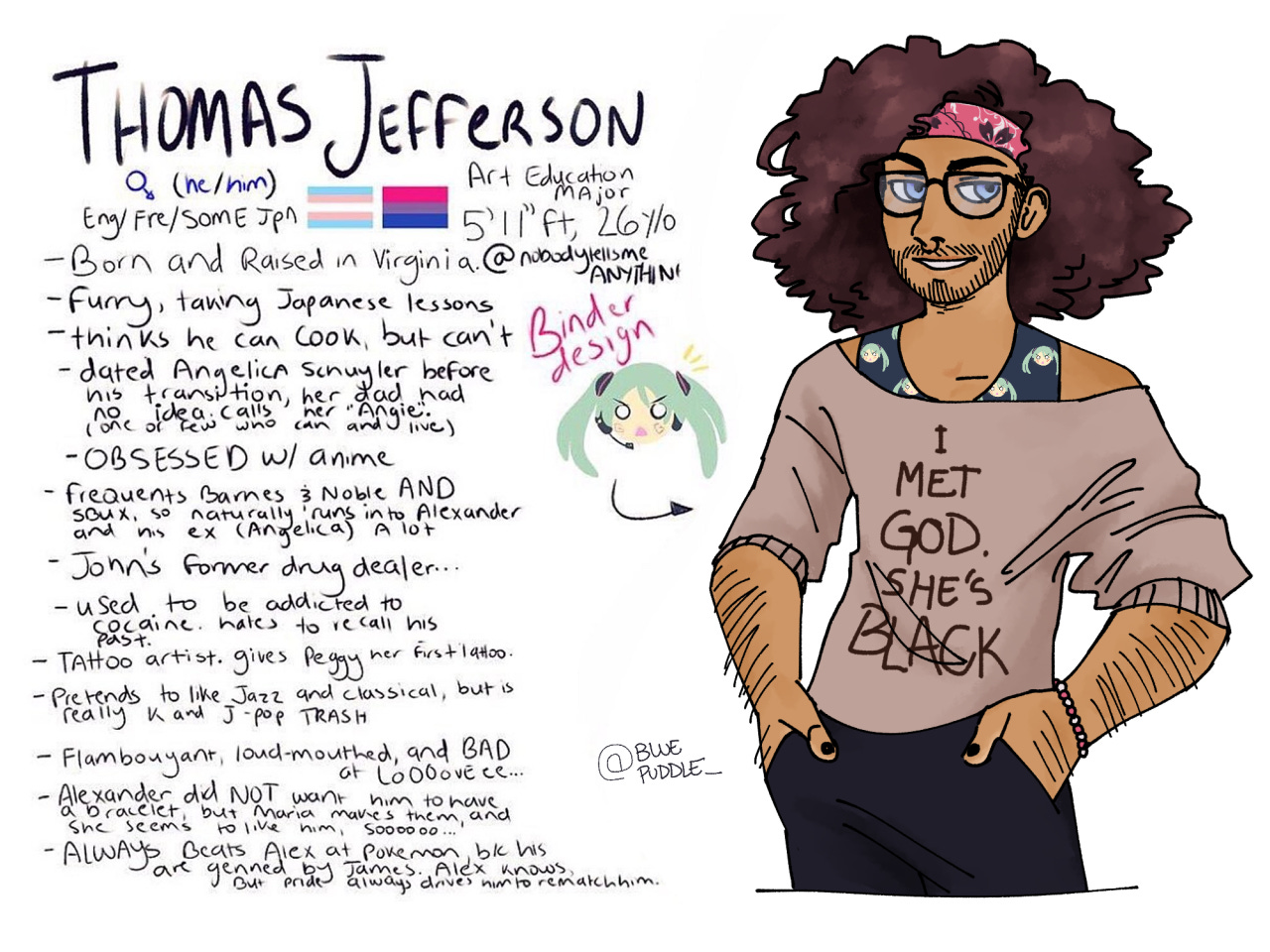
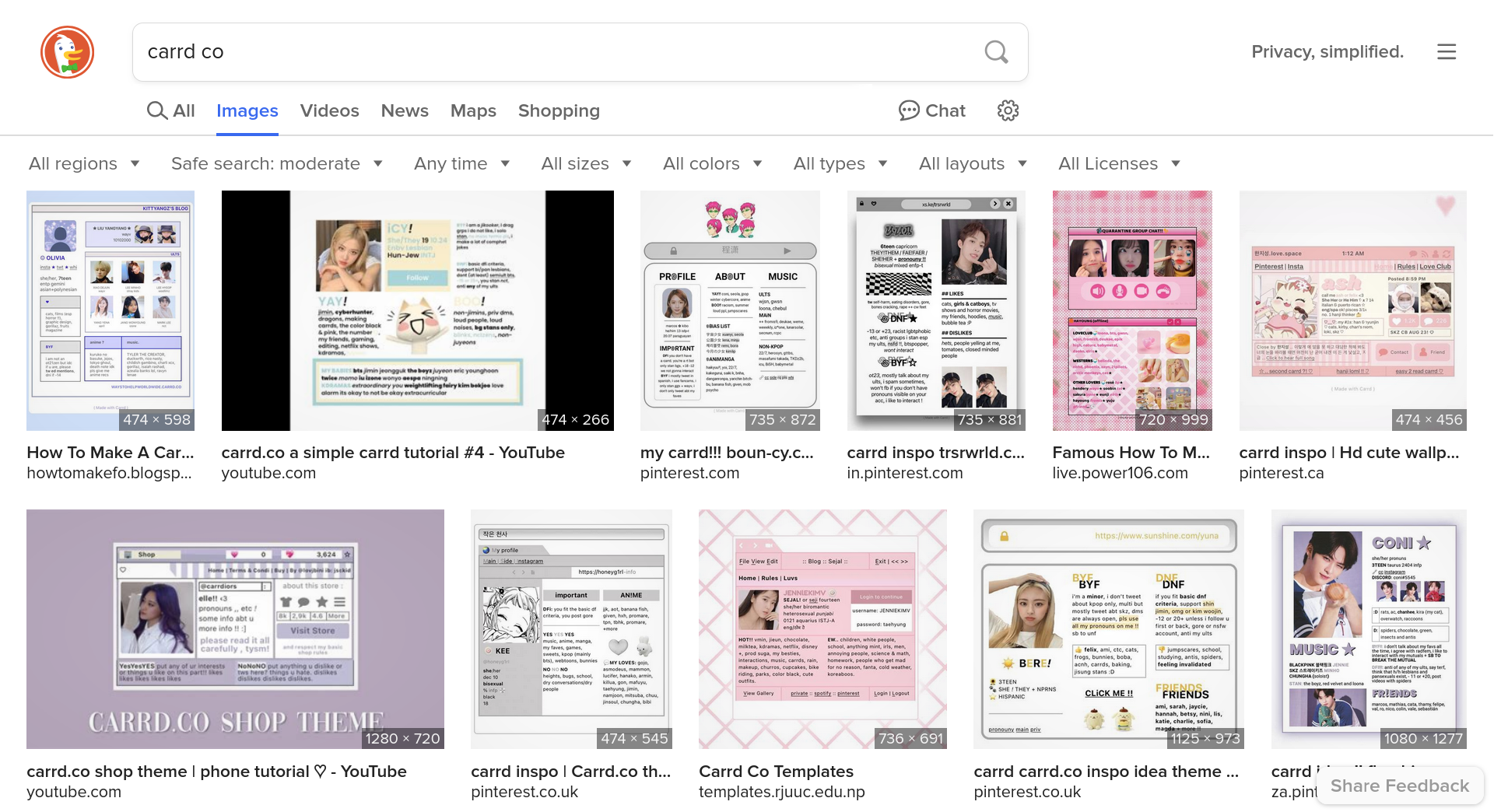
Queer theory is the body of knowledge that exists to support the self-OC, but it did not create the self-OC. The self-OC is the product of the Internet, which trades corporeal interaction for a new ethereal mode of interaction that operates on self-ID. Online, “pronoun culture” is compulsory. Transsexuals, who care about passing, were unfortunately and unwillingly incorporated into a new Internet-driven phenomenon that divorces gender from physical appearance. Furthermore, the Internet self-OC phenomenon feeds into the impulses of low-effort autoheterosexuals, who do not have strong drive to assimilate but nevertheless try to remake themselves into their own “OC,” the boy or girl (or invented gender) of their imaginations. (Think of flashy “trans” names like “Kai” (if chosen by a non-Asian), which give the impression that the person sees themselves as the main character of their own story, not an equal among others seeking to blend in.) If not for the Internet, Queer Theorists would have remained in the ivory tower, but the transformation of LGBTQ into a fandom suddenly made them relevant. In other words, Judith Butler did not create “gender ideology;” Queen of the Theyfabs is a ceremonial role.
Conclusion
The trans culture war is a product of broader cultural forces, while “gender identity” discourse has roots not only in academic Queer Theory, but also the “classical transsexual narrative.” The Internet fuels trans-gender culture because it divorces gender from appearance, and therefore sex, while enabling a new form of selfhood, the self-OC. A further factor of this cultural dynamic is the cultural dominance of New Left style politics in online communities frequented by younger people, such as fandom communities. Trans-gender normative practices, such as “pronoun culture,” are the consequence of the Internet norms bleeding into “IRL.” To improve discussion of trans issues, we should understand “trans” as an action, not an intrinsic, internal identity that confers manhood or womanhood.





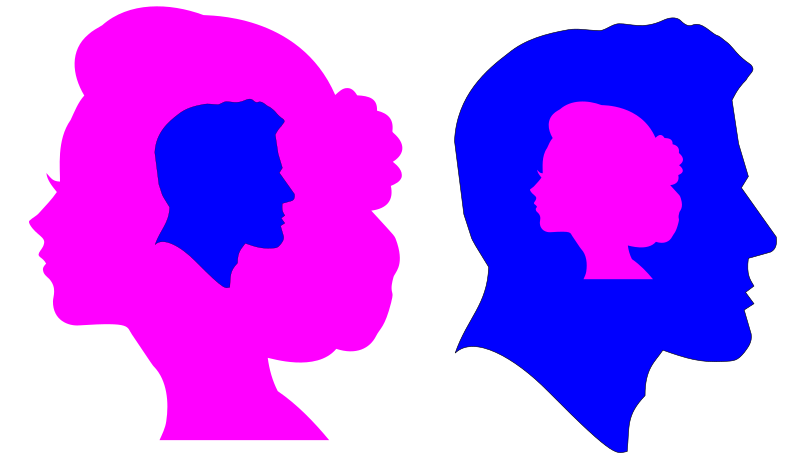
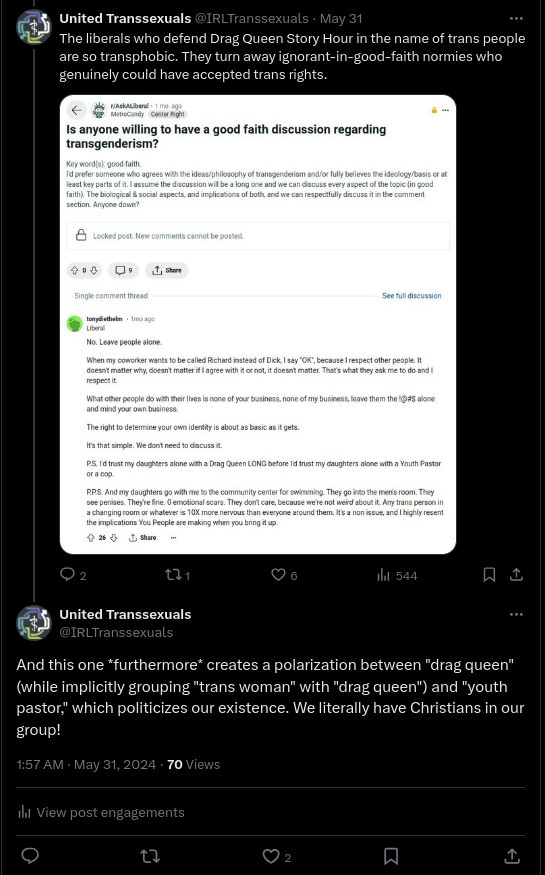
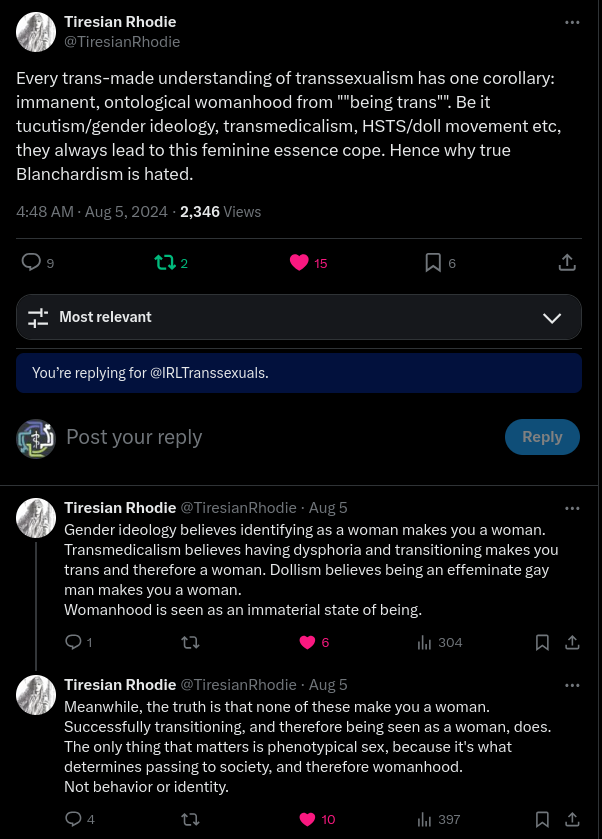
One of the best pieces of writing on this topic I've read in a while. Kudos!
Very reasonable essay! I'm sure nobody will be upset by it